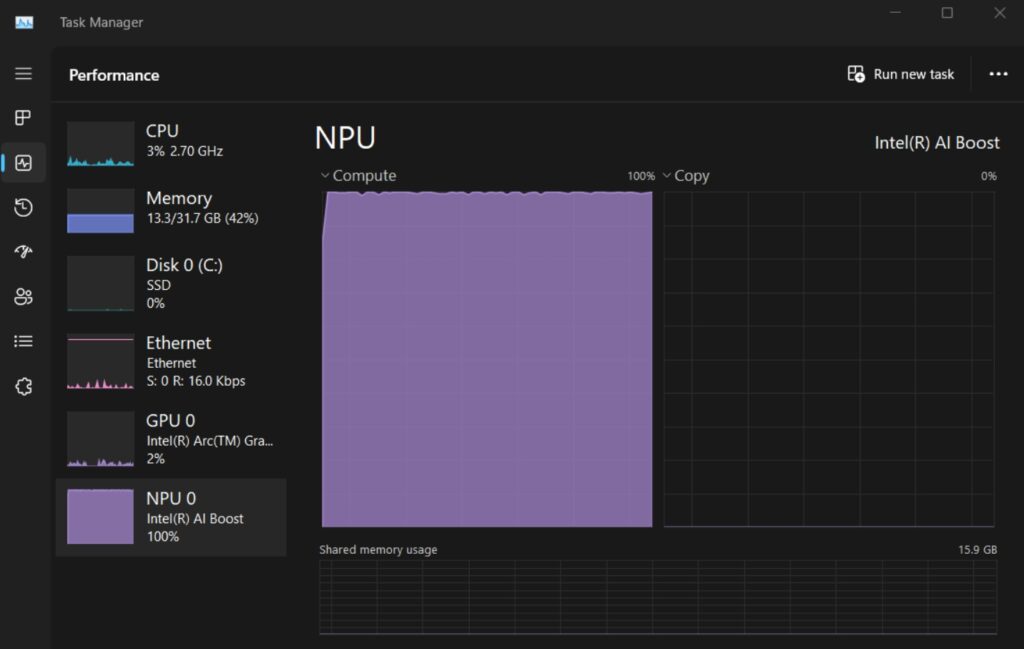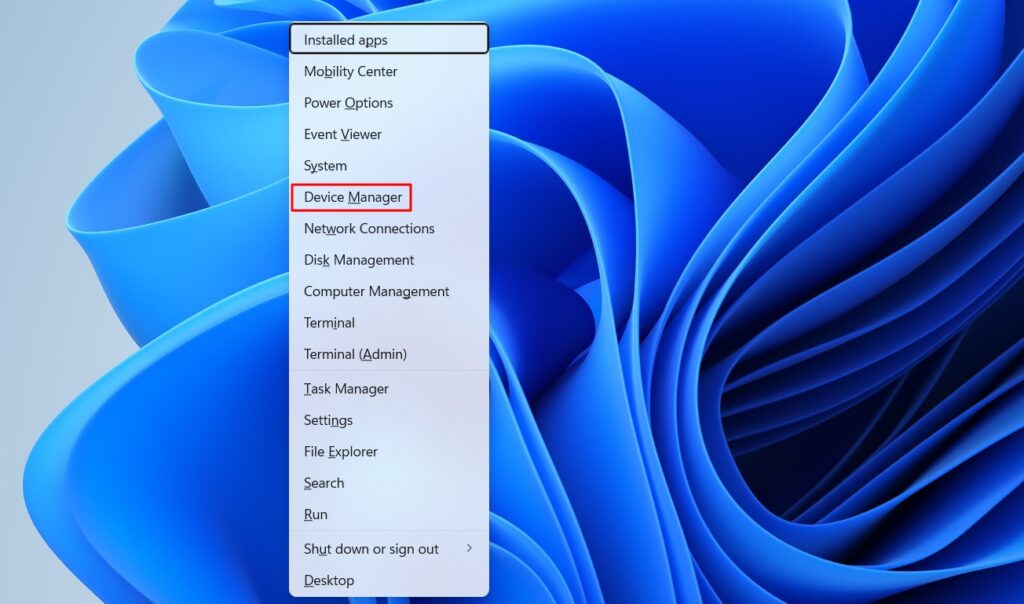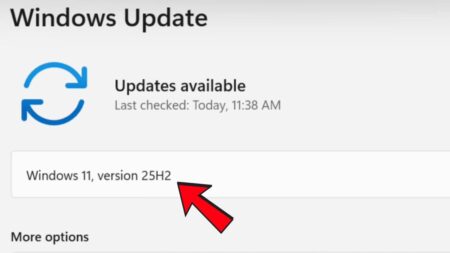Microsoft is regularly making innovations in AI — whether you talk about introducing new features to Copilot or adding AI capabilities to its native apps like Microsoft Edge. Considering the pace at which Microsoft is making its switch towards AI, the day isn’t far when your standard CPU and GPU will fail to provide the required computational power. This is where an NPU comes into play.
A Neutral Processing Unit, aka NPU, is an AI chip that is designed to perform AI-related tasks faster than your standard GPU and CPU. These tasks can be anything like processing a large amount of multimedia data.
While your GPU and CPU are capable of handling such data, they are not as capable as an NPU. Overall, the addition of an NPU will reduce the load from your CPU and GPU when performing complex operations so that they can focus on other tasks.
Intel Meteor Lake, Intel Core Ultra series, and Ryzen 8040 are some of the many chipsets that feature NPUs. Additionally, devices like the Microsoft Surface Pro 9 5G and the Dell Latitude 7350 Detachable come equipped with processors featuring NPUs.
Check If Your PC Has a Neural Processing Unit (NPU)
In case, you want to check if your PC has a Neural Processing Unit (NPU), then there are two ways to confirm that. The first method is through the Task Manager, while the second method involves using Device Manager.
Using the Task Manager
The quickest way to confirm if your computer has an NPU is by using the Task Manager. To check this, press the Ctrl + Shift + Esc key together. This will open the Task Manager.
In the Task Manager, click the Performance option. If your computer has an NPU, you’ll see the NPU tile listed in the Performance window.

Using the Device Manager
Other than the Task Manager, you can also check for an NPU on your computer through Device Manager. For this, press the Windows + X keys together and choose Device Manager from the menu.

In Device Manager, if you see a category called Neural Processors, then that confirms your computer has an NPU.

Along with these two methods, you can also visit your chipset manufacturer’s website to confirm if it has an integrated NPU. If you have an Intel product, then visit the Intel website and check your CPU details to confirm if it has an NPU. And if you have an AMD product, visit its website to check the details.
Thank BrenTech for the lead.





